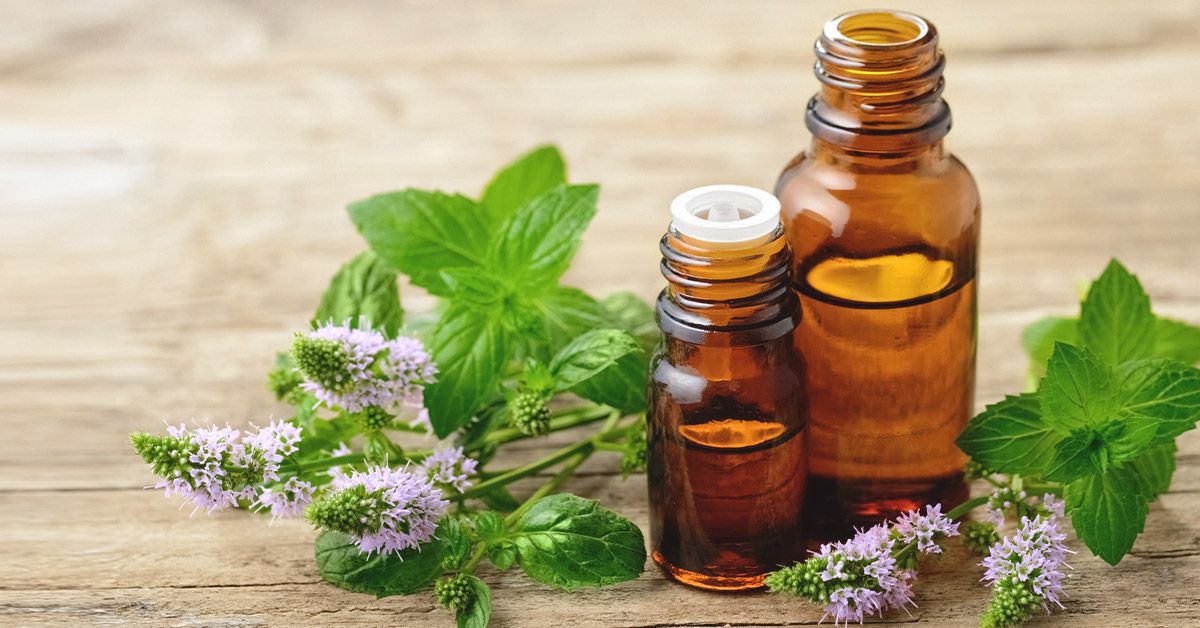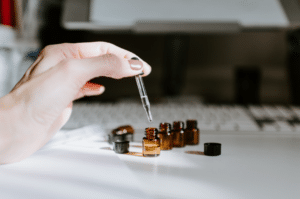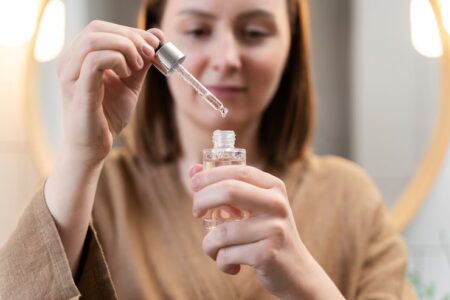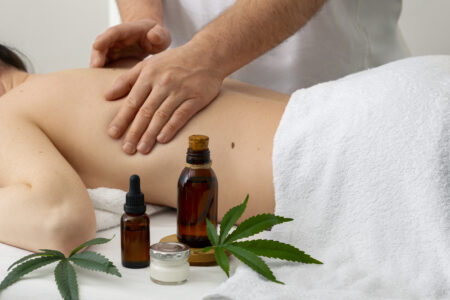Peppermint oil has been valued for centuries for its refreshing scent and potential therapeutic properties. Derived from the peppermint plant (Mentha × piperita), this essential oil is widely used in traditional remedies, modern healthcare, and personal care products. While it offers several benefits, it is also important to understand its possible side effects and safe usage.
This article explores peppermint oil: uses, benefits, and side effects in detail, offering practical insights for those interested in incorporating it into daily life.
What is Peppermint Oil?
Peppermint oil is extracted through steam distillation from the leaves of the peppermint plant, a hybrid of spearmint and watermint. Its main components, menthol and menthone, are responsible for its distinctive cooling sensation and therapeutic properties.
The oil is available in different forms:
- Essential oil: concentrated and typically diluted before application.
- Capsules and supplements: for digestive and therapeutic use.
- Topical creams and ointments: for pain relief and skin application.
- Aromatherapy products: such as diffusers, candles, and balms.
Traditional Uses of Peppermint Oil
Historically, peppermint oil has been used in herbal medicine and cultural practices. Ancient Egyptians, Greeks, and Romans valued peppermint for its digestive and aromatic qualities. Traditional uses include:
- Relief from stomach discomfort.
- Support for respiratory function.
- Use in rituals and as a natural fragrance.
These early practices laid the foundation for peppermint oil’s modern applications.

Modern Uses of Peppermint Oil
Today, peppermint oil is incorporated into several areas of daily life and healthcare:
- Aromatherapy
Peppermint oil is commonly used in diffusers and inhalers to create a refreshing environment. Its invigorating scent is believed to help improve focus and alertness.
- Skincare and Personal Care
Lotions, balms, and shampoos often include peppermint oil for its cooling effect and refreshing fragrance. It is also used in lip balms to provide a soothing sensation.
- Oral Care
Toothpastes and mouthwashes frequently contain peppermint oil, valued for its ability to freshen breath and provide a cooling aftertaste.
- Household Products
From soaps to cleaning solutions, peppermint oil is added for its antibacterial properties and fresh scent..
How to Use Peppermint Oil Safely
Because peppermint oil is highly concentrated, proper use is essential.
- Dilution
Always dilute peppermint oil with a carrier oil (such as coconut oil or almond oil) before applying to the skin. A typical ratio is 1–2 drops of peppermint oil per teaspoon of carrier oil.
- Aromatherapy
Add a few drops to a diffuser with water for inhalation. Alternatively, inhale directly from the bottle in small amounts.
- Oral Consumption
Peppermint oil supplements or capsules should be taken only as directed and preferably under medical supervision. Do not ingest pure essential oil without guidance from a healthcare professional.
- Topical Application
Apply diluted oil to areas of tension, such as the temples, neck, or sore muscles. Avoid direct contact with sensitive areas, including the eyes.
Possible Side Effects of Peppermint Oil
While peppermint oil offers benefits, it can also cause side effects if misused or applied in excessive amounts.
1. Skin Reactions
Undiluted peppermint oil may cause skin irritation, rash, or burning sensations. Always perform a patch test before use.
2. Allergic Reactions
Some individuals may experience allergic responses such as itching, redness, or swelling.
3. Gastrointestinal Effects
Excessive oral use of peppermint oil may lead to heartburn, nausea, or stomach upset.
4. Interactions with Medications
Peppermint oil may interfere with certain medications, including those for digestion or liver health. It is advisable to consult a healthcare professional before regular use.
5. Risks for Children and Pregnant Women
Peppermint oil should be used cautiously with children and avoided in infants. Pregnant or breastfeeding women should consult a doctor before use.
Precautions and Best Practices
To minimize risks, follow these guidelines:
- Store peppermint oil in a cool, dark place away from children.
- Use only therapeutic-grade oils for health applications.
- Start with small amounts to test tolerance.
- Consult a healthcare provider if you are pregnant, nursing, or taking medications.
Conclusion
peppermint oil is a versatile essential oil with a long history of traditional use and modern applications. Its potential benefits include digestive support, headache relief, respiratory aid, and improved focus. However, understanding its side effects and practicing safe usage are essential to avoid complications.
By learning how to use peppermint oil responsibly, individuals can experience its refreshing qualities while minimizing risks.






